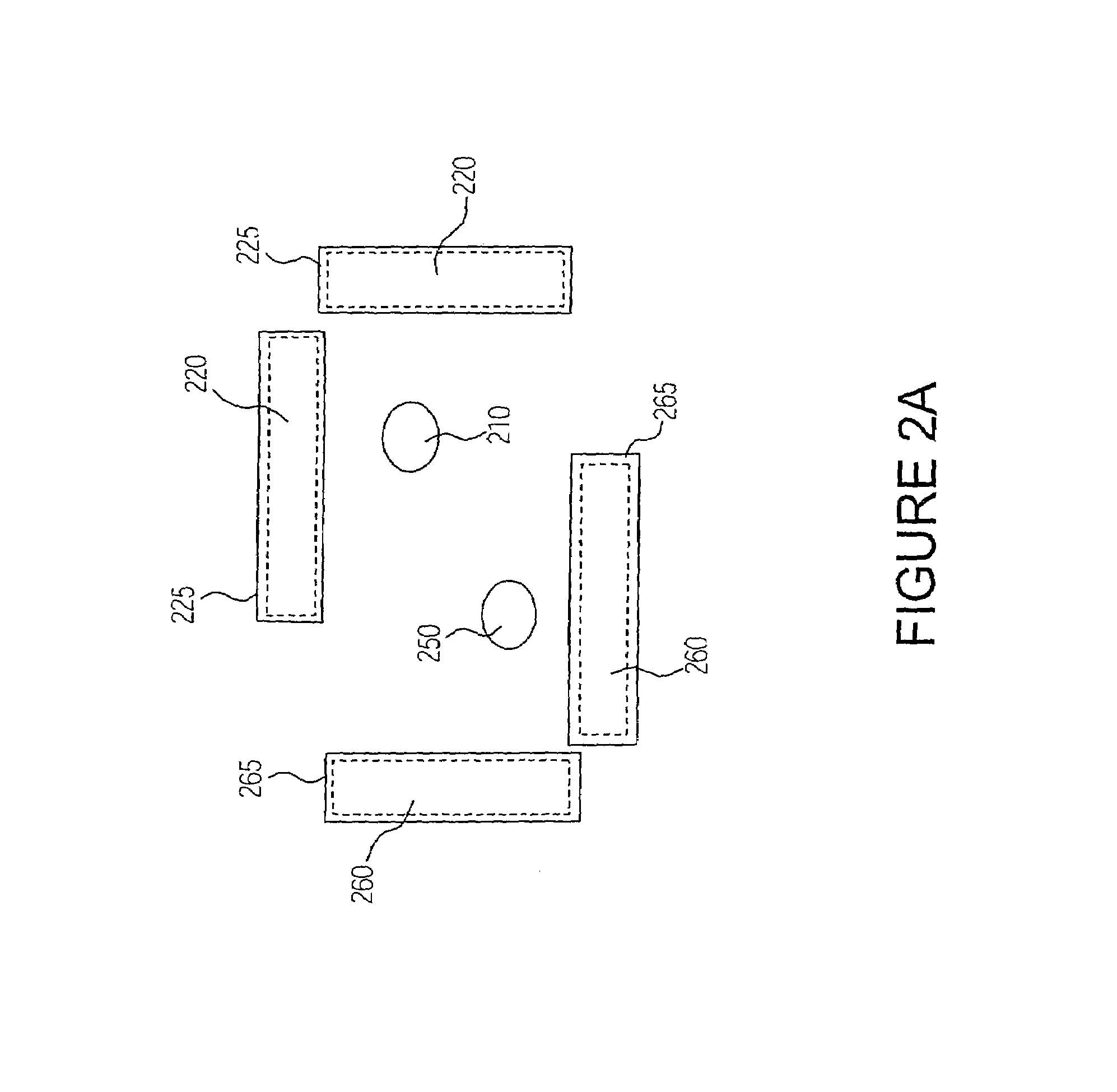Speckle based sensor for three dimensional navigation
a technology of three-dimensional navigation and speckle based sensors, applied in navigation instruments, instruments for comonautical navigation, distance measurement, etc., can solve the problems of multiple optical components, low collection efficiency of speckle based sensors, and relatively complex approach
- Summary
- Abstract
- Description
- Claims
- Application Information
AI Technical Summary
Benefits of technology
Problems solved by technology
Method used
Image
Examples
Embodiment Construction
[0019]FIG. 1 illustrates the geometry involved with a typical speckle navigation sensor. Laser 110 illuminates target surface 130 which creates a speckle pattern that is imaged at detector 120. The radius of curvature of the laser wavefronts from laser 110 incident on target surface 130 is LS. If the light hitting target surface 130 is collimated, the wavefront is planar and LS is infinite. The speckle pattern originating from target surface 130 and being imaged at detector 120 travels a distance L0. If the angles of incidence and speckle emission are θS and θ0, respectively, then a displacement relative to the target equal to ax causes a displacement of the speckle pattern at detector 120 equal to Ax. Ax and ax are related to each other by the following expression:
[0020]Ax=ax{L0cos2θSLScosθ0+cosθ0}(1)
where only motion in the x direction in the x-y plane is considered in the derivation without loss of generality. For motion in the y direction in the x-y plane the expression ...
PUM
 Login to View More
Login to View More Abstract
Description
Claims
Application Information
 Login to View More
Login to View More - R&D
- Intellectual Property
- Life Sciences
- Materials
- Tech Scout
- Unparalleled Data Quality
- Higher Quality Content
- 60% Fewer Hallucinations
Browse by: Latest US Patents, China's latest patents, Technical Efficacy Thesaurus, Application Domain, Technology Topic, Popular Technical Reports.
© 2025 PatSnap. All rights reserved.Legal|Privacy policy|Modern Slavery Act Transparency Statement|Sitemap|About US| Contact US: help@patsnap.com



